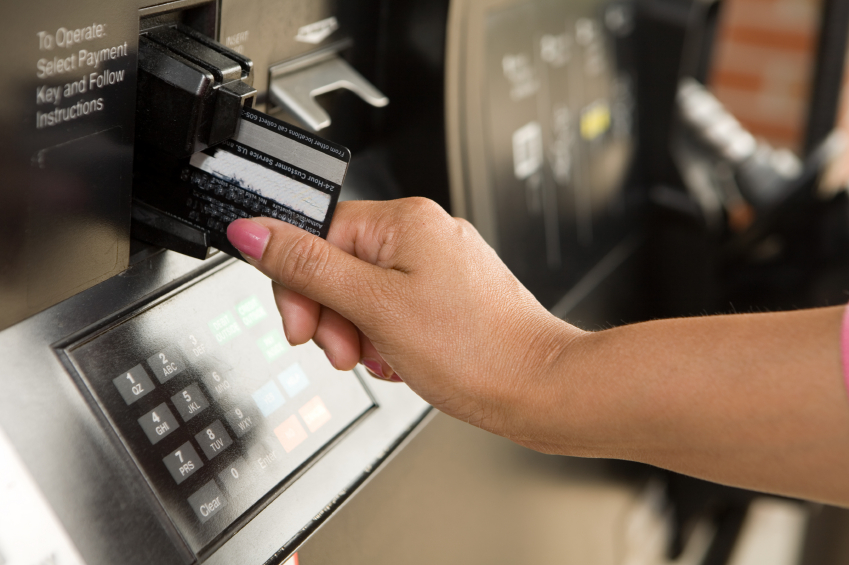
6 Open-air Markets in Paris
Paris! The City of Love, and FOOD!
Here’s where you can get the freshest and tastiest to take home and serve your family and friends. Happy shopping and dinning. (orginally posted on A Luxury Travel Blog, on Twitter
6 of the best open-air food market venues in Paris
Shopping at open markets (marché) is a popular and fun way to find the freshest food in town. There are more than 80 open air markets located in Paris and the surrounding suburbs. Even if your French isn’t great don’t be intimidated by the outdoor markets. The merchants are generally very friendly and really don’t care if your French is less than perfect.
Marche d’Aligre (12th arrondissement)
Metro: Ledru-Rollin
Arguably the most locally authentic market, Marché d’Aligre is open until 1 every day except Monday. Don’t miss the covered hall on the Place d’Aligre, where you can stop by a unique olive-oil boutique for bulk and prebottled oils from top producers. Reasonable prices and an eastern Paris location ensure that you’ll catch a glimpse of “real” working class Parisian families going about their shopping. In addition to the produce, you’ll also find stalls selling trinkets, cheap clothing, and household goods.
Rue Montorgueil (2nd arrondissement)
Métro: Sentier, Les Halles
Rue Montorgeuil is one of the oldest market streets in central Paris. As its name suggests, this market is a street market, meaning that the shops themselves have their place and stalls on the street, and close only on monday. Amongst the fruits-and-veg, meat, fish, and cheese shops, you can also enjoy nice cafés and restaurants, and a great atmosphere, two steps away from the beautiful Saint-Eustache church and the busy area of Les Halles!Open from tuesday to saturday between 10.00 a.m. and 6.00 p.m., and sunday morning.
Le Marche des Enfants Rouges (3rd arrondissement)
Métro: Filles du Calvaire
Le Marche des Enfants Rouges is the oldest food market in Paris, built in 1615 under the rule of King Louis XIII. The name literally means “ Market of the Red Children” and is located in the chic northern part of the Marais. Stroll along the Parisian stalls in quiet pace, take a look at the gourmet shops, cheese shops and vintage shops. Be sure to also visit “Chez H’anna” and taste one of the best falafel in town!

Rue Cler Market Street (7th arrondissement)
Métro: Ecole Militaire
The 7th arrondissement is home to rue Cler, one of the best market streets in Paris. Find a wonderful selection of specialty food stores, patisseries, butchers, delicatessens, cheese specialists, fishmongers, greengrocers, chocolate shops and cafés. Most of the street is a pedestrian area and still has its original cobblestones. This authentic market street is where the locals go to buy their favorite foods or to meet friends and enjoy sitting outside the many cafés while they watch the world go by.

Marché Président Wilson (16th arrondissement)
Métro: Iéna or Alma-Marceau
Located in the 16th arrondissement just across the Seine River from the Eiffel Tower, the Marché President Wilson, located between the Place d’Iéna and the rue Debrousse, boasts evident charms. The avenue itself is very wide and lined with mature trees, and is set on the backdrops of the beautifully detailed “Beaux Arts” buildings. This large open air market has a wonderful selection of food and other items, including clothing, wine and linens.

The Marché Bastille (11th arrondissment)
Métro: Ledru-Rollin
The Marché Bastille in the 11th arrondissement is one of the largest open air markets in Paris. Set up along on the boulevard Richard Lenoir not far from the Place de la Bastille, it is as much an event as a place to shop, with blocks of specialized stalls—including rare wines, regional cheeses, game, seafood, and flowers—catering to a large swath of Paris chefs and epicures. This lively open air market has a fun and vibrant feel all its own, and is a great spot to shop not only for fresh food but also for clothing, household items and jewellery.
Irina Raileanu is the owner and Director at Avenue Story.















